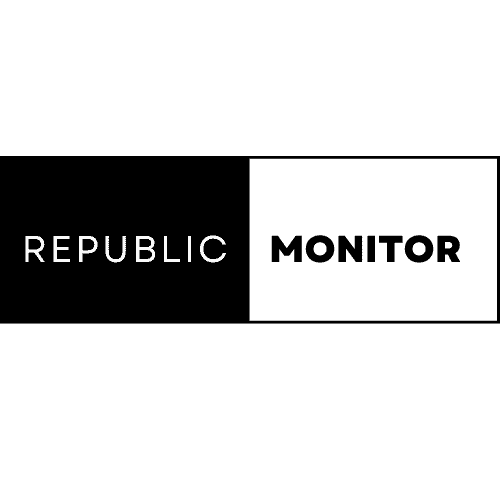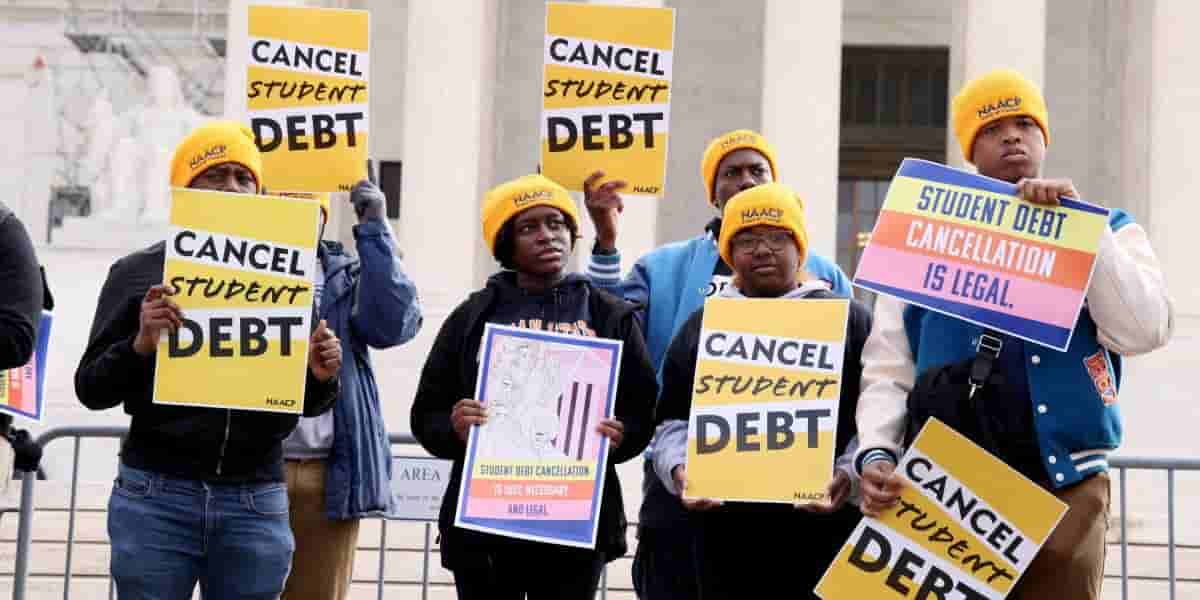After an extended gap of more than three years, federal student loan payments will resume in October. Regardless of President Joe Biden’s extensive forgiveness proposal. The majority of the $1.8 trillion in current loan owed by borrowers will never be collected by the government.

According to a recent analysis from the Jain Family Institute, a nonpartisan research organisation, 1 million persons aged 18 to 35 with student loan amounts between 2009 and 2019 had their credit records analysed. The author, Marshall Steinbaum, says in the paper, The Student Debt Crisis Is a Crisis of Non-Repayment that due to a slew of variables, “Many outstanding federal student loan balances will never be repaid.”
“Over time, the government’s student loan portfolio is going to take a beating. Even as the size of that portfolio grows every year as the higher education system absorbs more government funds,” the paper states.
Why is this the case?
According to Steinbaum, there are more higher education requirements to get any employment at all, together with rising college costs and declining state investment for higher education.
It means that more and more people are required to incur ever-increasing student loan debt. However, because wages are not keeping up with the cost of higher education. So, more borrowers are unable to repay their balances. It causing them to carry the debt for longer periods of time. And “impairing economic well-being for a widening and diversifying swath of the population, inhibiting savings. And increasing precarity, and draining the very incomes that student debt was supposed to increase.”
This has occurred both during good and bad economic cycles. “Before the epidemic, we believed the economy had advanced for 10 years. Forcing younger generations to endure the rigours of an ever costly higher education was really economically devastating. And into a labour market characterised by stagnant wages and deteriorating job ladders,” Steinbaum writes. Borrowers have difficulty repaying their debts even in “normal” times. That is, when there is no worldwide epidemic or economic collapse.
“It is far simpler to say than to execute, according to Steinbaum, for borrowers to seamlessly shift from the repayment halt to membership in the new IDR plan. “Once the halt is gone, it is a far more likely conclusion that borrowers will become lost in the system.”
According to the paper and other higher education analysts, the new IDR plan may have the impact of actually boosting tuition and other prices.
















